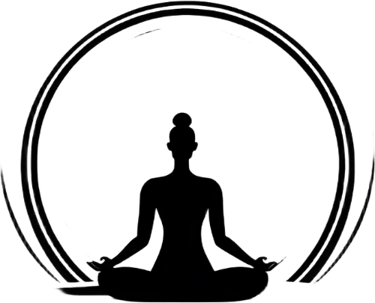Understanding Testosterone in Women: Its Role, Balance, and Impact on Health
Explores the essential role of testosterone in women's health, its impact on various bodily functions, and strategies for maintaining hormonal balance.
WOMEN'S HEALTH OR HORMONAL HEALTH
Carolina Bacaluta
11/20/20242 min read
Abstract
Testosterone, commonly associated with male physiology, plays a critical yet often overlooked role in women’s health. Produced in smaller amounts, it supports energy, libido, mood, bone density, and muscle strength. This article examines the biological function of testosterone in women, the causes and effects of imbalances, and modern approaches to diagnosis and management.
1. Introduction
While testosterone is typically labeled a "male hormone," it is also a vital androgen in the female body. Produced by the ovaries and adrenal glands, testosterone contributes to multiple physiological functions in women. Optimal levels are essential for metabolic health, reproductive function, and emotional well-being. Yet, imbalances—whether deficiency or excess—can lead to significant symptoms and health challenges.
2. How Testosterone Works in Women
In women, testosterone is synthesized in:
The ovaries (25%)
The adrenal glands (25%)
Peripheral tissues (50% through conversion of other hormones like DHEA)
Despite circulating at one-tenth the level found in men, testosterone significantly influences:
Sex drive (libido)
Muscle mass and strength
Fat distribution
Bone mineral density
Cognitive function and mood
Ovarian function
3. Low Testosterone in Women
Causes:
Aging / Menopause: Natural decline in ovarian hormone production
Oophorectomy: Surgical removal of ovaries
Adrenal insufficiency
Chronic stress or illness
Use of oral contraceptives (which can suppress androgens)
Symptoms of Low Testosterone:
Fatigue
Low libido
Muscle weakness
Depressed mood or irritability
Loss of motivation
Bone loss or increased risk of fractures
Low testosterone is particularly common during perimenopause and menopause, when ovarian function declines.
4. High Testosterone in Women
Causes:
Polycystic Ovary Syndrome (PCOS): Most common endocrine disorder in women of reproductive age
Congenital adrenal hyperplasia
Insulin resistance or obesity
Certain tumors or adrenal disorders
Symptoms of High Testosterone:
Acne and oily skin
Hirsutism (excess facial/body hair)
Scalp hair thinning (female-pattern baldness)
Irregular or absent periods
Infertility
Mood changes (e.g., aggression, irritability)
High androgen levels can disrupt ovulation and long-term hormonal balance.
5. Testing and Diagnosis
Evaluation typically includes:
Total and free testosterone levels (best tested in the morning)
DHEA-S, LH, FSH, estrogen, SHBG (sex hormone-binding globulin)
Ultrasound or imaging if PCOS or adrenal abnormalities are suspected
Reference ranges vary by lab, but clinicians focus on symptom correlation, not just numbers.
6. Treatment & Lifestyle Management
For Low Testosterone:
Lifestyle changes: strength training, sleep optimization, stress reduction
Nutrition: healthy fats (e.g., omega-3s), zinc, and protein
Bioidentical hormone therapy (in select cases): low-dose testosterone gels, creams, or pellets (under medical supervision)
Address root causes: adrenal health, postmenopausal decline, medication effects
For High Testosterone:
PCOS management: diet (low-glycemic), exercise, weight loss
Insulin regulation: metformin, inositol supplements
Hormonal therapy: combined oral contraceptives, anti-androgens (e.g., spironolactone)
Stress management and sleep support
7. The Importance of Balance
Testosterone isn't inherently "good" or "bad"—what matters is balance. Both deficiency and excess can impair physical, emotional, and reproductive health. Proper evaluation, lifestyle alignment, and, when needed, medical support can restore harmony and improve quality of life.
8. Conclusion
Testosterone is a vital hormone for women, playing roles far beyond reproduction. Understanding its influence, recognizing the signs of imbalance, and adopting targeted strategies for regulation are essential components of women’s health and aging well.
References
Davis, S.R., et al. (2019). Global Consensus Position Statement on the Use of Testosterone Therapy for Women. Journal of Clinical Endocrinology & Metabolism, 104(10), 4660–4666.
Azziz, R., et al. (2016). Polycystic Ovary Syndrome. Nature Reviews Disease Primers, 2, 16057.
Traish, A.M. (2018). Testosterone and Women: A Comprehensive Review. Current Sexual Health Reports, 10, 110–120.
Carolina Bacaluta
Certified Nutrition Coach & Elite Wellness Architect
📧 bacaluta.elitewellnessarchitect@gmail.com
📍 East London, E10 district, UK
⏰ Hours: Mon–Fri 9am–4pm
Privacy Policy | Terms & Conditions
© 2025 Carolina Bacaluta. All rights reserved.

